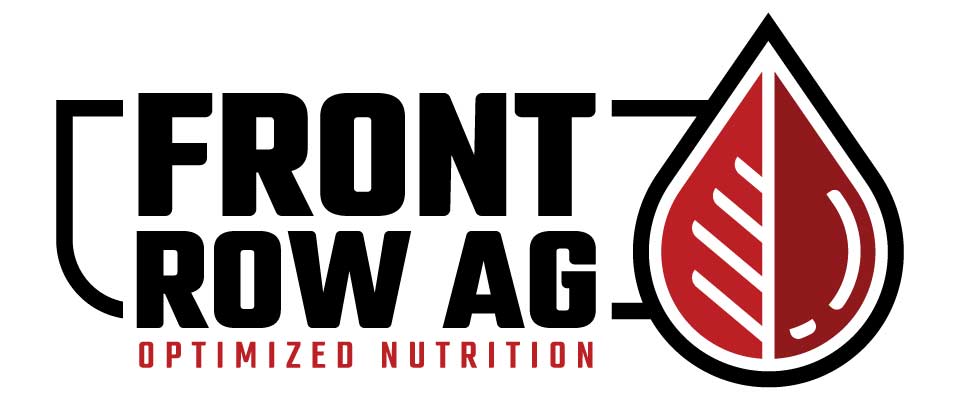Fans 101
Think back to the heat of summer; how unmotivated and lethargic did you feel? It is the same for plants, and therefore it is crucial to have fresh air coming in – basically, it keeps your plants happy. Plants are susceptible to temperature variants – even a few degrees' worth of change can affect the quality of your harvest.
Fans are essential in any grow room; you need adequate ventilation, or your plants will suffer. With all the different types of fans available, choosing a fan can be daunting. Don't worry; we've got you covered at Hyalite.
It is best to have an intake and an outtake fan in any growing environment. An intake fan will pull fresh air into your grow room. Your intake fan is generally smaller than your outtake fan and most effective when placed towards the bottom of the grow room. Your outtake fan needs to be high up in the grow room – this way, it removes the hot stale air. It also needs to be ducted to remove the hot air entirely from the area.
Knowing the size of your growing area will help with picking a fan, as you can work out what CFM you need. CFM is an abbreviation for Cubic Feet Per Minute – it is the measurement of the velocity at which air flows through the fan. If a fan has a flow rate of 0.1 CFM, it means the fan will move 0.1 cubic feet of air per minute.
There are a thousand-and-one different fans out there and knowing which one to pick can be hard. Let us explain in a bit more detail what the different types of fans do:
Centrifugal: Centrifugal fans work by moving air radially, and they have a powerful motor helping them move the air fast. The airflow created by centrifugal fans is directed through ducts, which helps create a high-pressure airflow with a lower flow rate. Centrifugal fans are mainly used as outtake fans as they are better equipped to push the air down through ducting. Centrifugal fans are available in three standard types:
• Standard centrifugal – which moves x amount of air the entire time it is on.
• 2-speed Centrifugal fans – these have an option of two speeds so you can up the speed in warmer months when the airflow need is more significant.
• Temperature Controlled – these will switch on when your grow room reaches a set temperature and slows down when it reaches another set temperature. They are the best way to avoid temperature fluctuations.
EC: Electronically Commutated Fans are fans are even more powerful than centrifugal fans. EC Fans are designed with a brushless motor with onboard electronics that controls the fan speed. They combine both AC and DC fans' best features and improve on them. An EC fan is like a digital fan – it is a lot easier to control without making it hum or buzz. They move a lot of air and are perfect as outtake fans.
Mixed Flow Fans: A Mixed Flow Fan is an effective combination of an axial and radial(centrifugal) design. The blades on the mixed flow fan are arranged similarly to the axial fan, but the whole assembly is enclosed. For this reason, the mixed flow fan can develop pressure and can be used with ducting.
Axial: Axial fans have their blades positioned around the axis of the motor and are very efficient at moving large amounts of air. Unfortunately, the design that makes this possible also does not build air pressure very effectively. Restrictions on air flow on either side of the fan (such as ducting) can reduce airflow efficiency. For that reason, Axial fans are primarily used as intake fans in grow environments.
Oscillating: Oscillating fans are a great addition to the grow room in the warmer months. Oscillating fans move side to side, which helps push the air around rather than in one direction. They can be placed in a grow room to help move the fresh air around. This helps keep all the plants cooler and allows them to share the new CO2 laden air.
Once you have your fans sorted, you can get ducting to match. Ducting is recommended on your intake fan as you need to draw the fresh air in from somewhere outside your grow room, as cool a spot as possible. You need to duct your outtake fan to ensure the hot air is removed and doesn't recirculate in the room.
There is no magic formula for what size fans you will need. To get the best set up for you, we recommend contacting your local Hyalite store.































































































